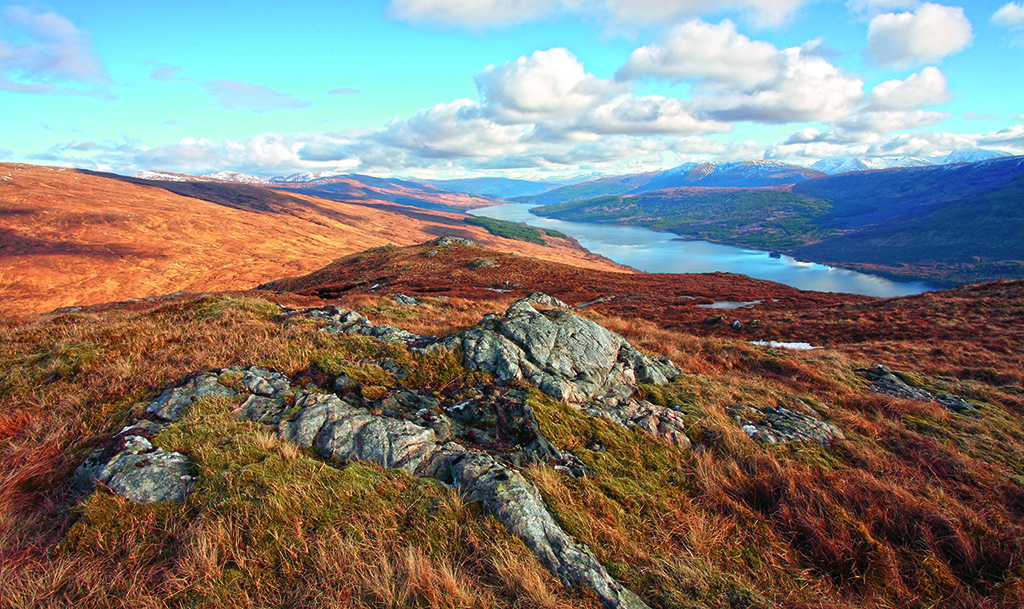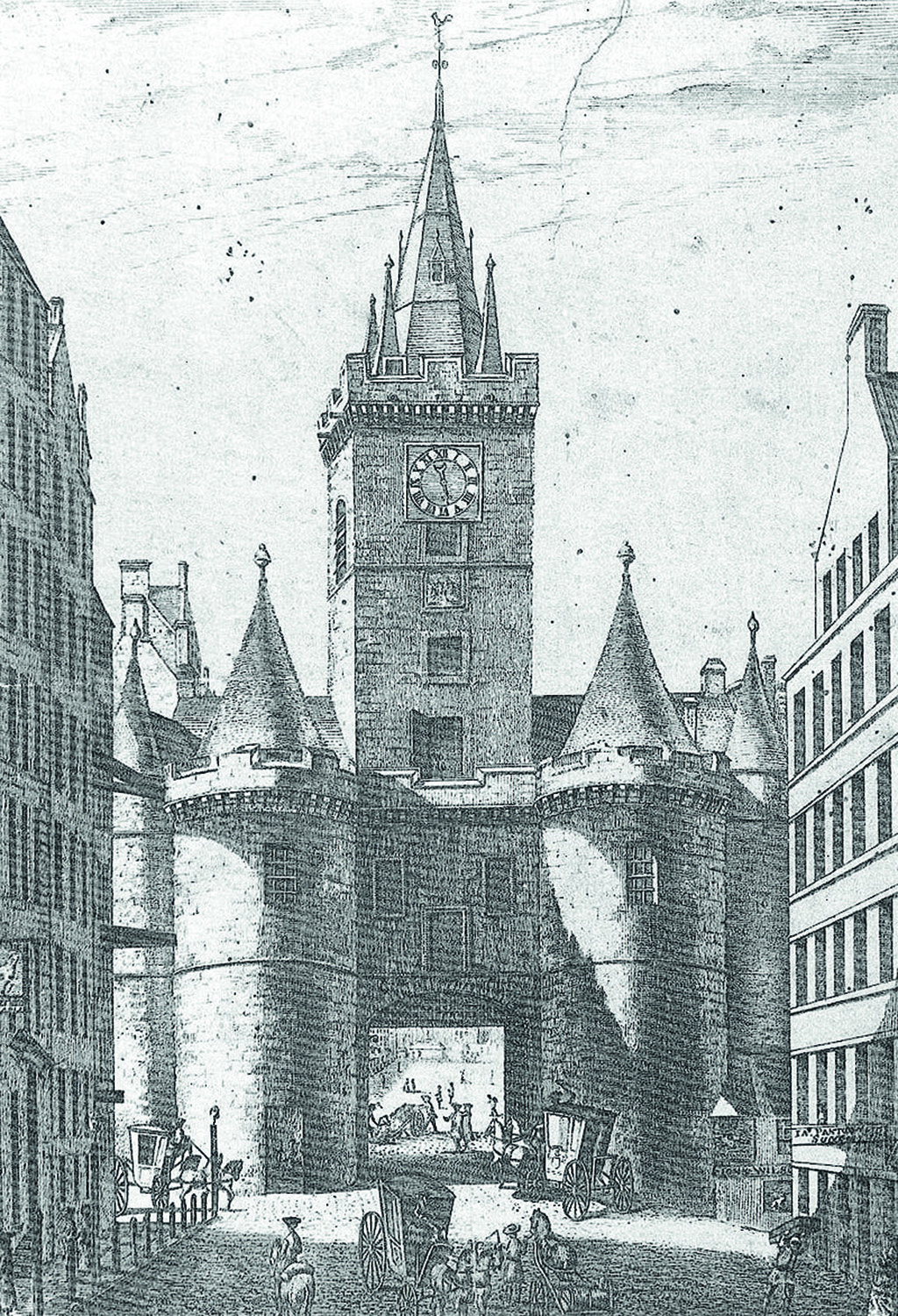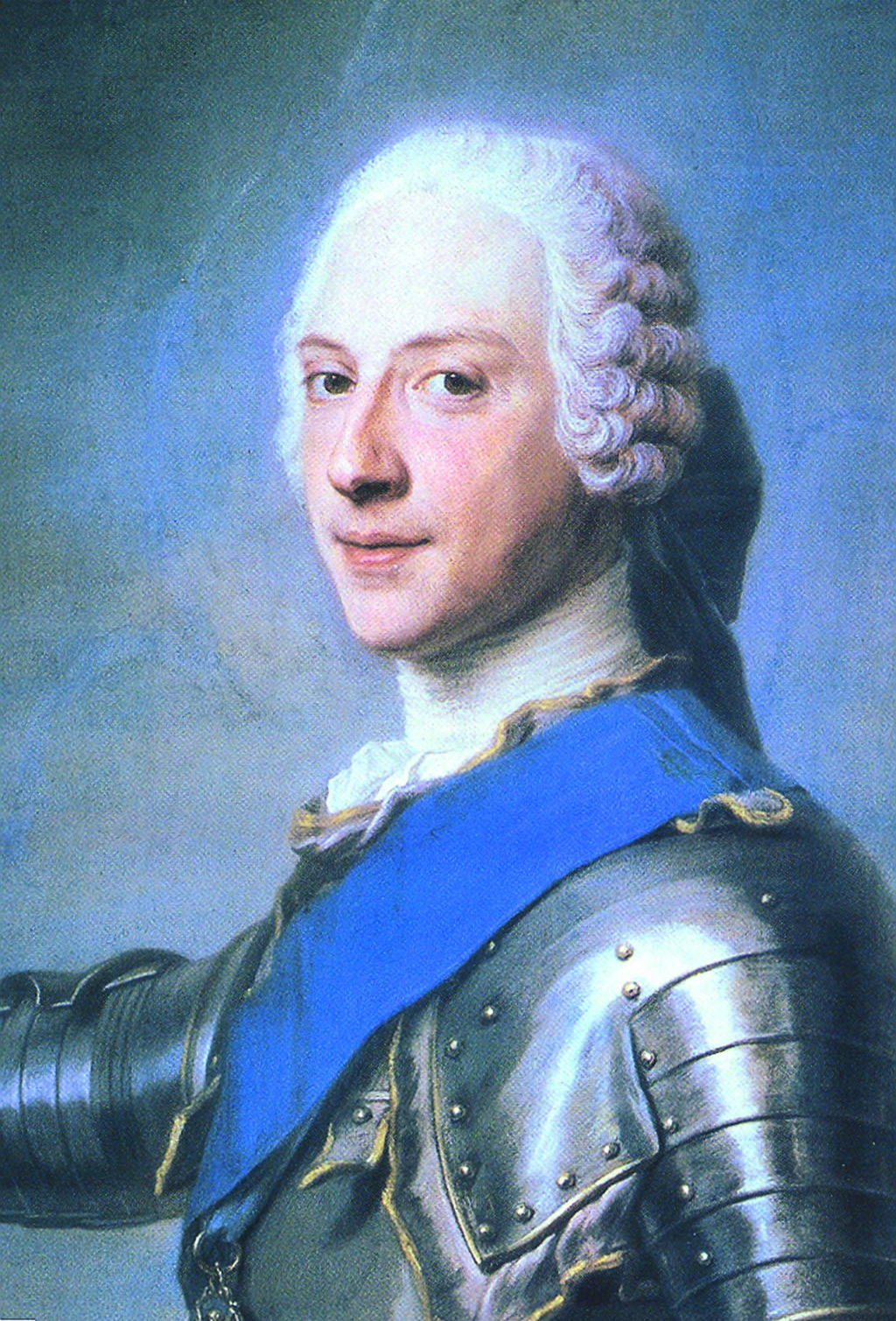
Dr Archie Cameron – the man who was the last Jacobite
A reluctant soldier and a skilled doctor, Archie Cameron was a valued aide of Bonnie Prince Charlie and became the last Jacobite to die for what he knew to be a hopeless cause.
Archie Cameron was born in 1707, the year of the Treaty of Union. The fourth son of John Cameron of Lochiel, he was raised as the son of a Highland chief. Wearing the old fashioned kilt and plaid (then all in one), going barefoot during the summer, he learnt the skills of the mountains and, most importantly, how to use a sword.
His father, having led the clan at Sheriffmuir fighting for the exiled Stuart king, fled to France, leaving his wife and young family in the care of their eldest son, Donald, 19th chief of Lochiel. Donald, despairing of Archie, wrote: ‘My brother Archie has capacity enough but no application.’
Nonetheless, ready to help him when, having finished his education in France he had determined to become a doctor, he gave him the tack as it was known, or lease, of Glen Kingie, lying to the south of Loch Arkaig, where he ran a herd of cattle. It was a profitable business, thanks to trade with the southern markets at that time.
Doctor Archie married his cousin, Jean Cameron of Dungallon. They may have lived sporadically in Glen Kingie, but their main home was Batchelor’s Hall at Strontian, where Archie was employed as a doctor by the York Building Company, caring for the workforce in its mines. The only doctor in the whole of the Ardnamurchan peninsula, he was much loved by the local people, speaking to them in Gaelic.
He travelled great distances, often on a Highland pony with his medical bag strapped to his saddle, at night with a ghillie with a lantern leading the way, to his patients far off amongst the hills.

Doctor Archie and his brother hid in the forest by Loch Arkaig following the Battle of Culloden
Firmly established in his practice, with a family of young children to provide for, Archie was horrified at the idea of another rising to restore the Jacobite king. Sent by his brother to meet Prince Charles Edward Stuart when he sailed into Loch nan Uamh from France, he gave him unequivocal answers before begging his brother not to rise in arms.
‘It could only bring disaster,’ he told him, but Lochiel, inspired by loyalty, succumbed to the prince’s charm. Refusing at first to join him, Archie eventually agreed on the condition that he came as a doctor, refusing to bear arms. At the capture of the city of Edinburgh, when the Camerons stormed the Netherbow Port, Prince Charles made Doctor Archie his aide-de-camp. Most notably following the Battle of Prestonpans, although sleepless for 48 hours, he attended to the wounded of both sides.
Later, at the Battle of Falkirk, when staunching his brother’s wound, Archie himself was struck in the chest by a bullet, which – proving impossible to remove – gave him pain for the rest of his life.
He again saved Lochiel at Culloden, when, wounded by grapeshot in both ankles, he was carried by his clansmen from the field. Reaching Achnacarry, they were hiding in the forest by Loch Arkaig, when word came of French ships bringing gold for Prince Charles, by then in the Outer Isles. Archie was amongst those who buried the treasure, the knowledge of where it was hidden proving fatal in later years.
Together with his brother and other Jacobites, he hid in remote places from the Redcoats, who had ordered by the Duke of Cumberland to hunt out the rebels and destroy all they possessed. On hearing that Prince Charles had reached the mainland, Archie was sent to find him and take him to Clunie MacPherson’s famous cave on Ben Alder. Here, on 13 September, they heard that ships sent from France to rescue him were lying in Loch nan Uamh.

Netherbow Port in Edinburgh
Archie sailed with Prince Charles on the L’Heureux, taking down his memoirs of the campaign. In France they were greatly entertained by King Louis XV, who made Donald the colonel and Archie a captain of the Albany Regiment.
Disappointingly, however, King Louis would not finance another rising so Prince Charles, with Archie Cameron, rode across the Pyrenees into Spain to try to win King Ferdinand to his cause.
Again he was unsuccessful but Ferdinand did promise to give Archie the command of a Spanish regiment, but this would prove to be a promise that was never fulfilled.
Returning to France he was joined by his wife Jean, who had suffered badly during his absence, losing two of their children from exposure as they hid in caves and on the hills. For a time they lived in Lille, from where Archie was sent back to Scotland in 1749.
He returned safely but Prince Charles – expelled from France by King Louis as part of the Treaty of Aix la Chapelle, which ended the Seven Years War – was trying to plan an invasion of Scotland with the help of the King of Prussia, who was at odds with his nephew George II, and a Swedish army commanded by General James Keith, the Earl Marischal’s brother.
Unbeknown to him, Charles’ plans were betrayed by Alexander MacDonell of Glengarry, alias ‘Pickle the Spy’, a man embittered by fighting for the Jacobites, whom he blamed for causing his ruin.

Prince Charles Edward Stuart
Writing to Henry Pelham, the Prime Minister, on 4 November 1742, Glengarry told him that the prince had sent Mr Murray (of Elibank) for Doctor Archie Cameron and MacDonald of Lochgarry to meet him at Menin. There he gave them ‘mony and sent them to Scotland so as to meet several Highland gentlemen at the Crieff market for black cattel’.
‘The Elibank Plot’, a fantastic scheme to blow up the Tower of London and kill or capture King George and his family, fell through. But Archie was left in Scotland, knowing only that he was to bring back some of the money buried at Loch Arkaig to King James in Rome, but otherwise in ignorance of all that was taking place.
He should have been more careful. But whom should he have trusted when asking for a safe house in which to stay, if not his cousin, Samuel Cameron, known as Crookshanks thanks to his bandy legs. Samuel, also in the pay of the British government, suggested Brenachoile, a house in the Trossachs on Loch Katrine. Arrested there by soldiers from the nearby barracks, he was taken to the Tower of London to stand trial as a traitor to the king.
Convicted, he died a martyr, last in the cause of the Jacobites, for which, at the urge of his brother, he had so unwillingly gone to war.
Doctor Archie did have one biography, written by Alexander Henderson, which sold for the price of one shilling in 1753. Since then he has been largely forgotten, but the man whose last action was to send his steel shoe buckles to his son – because this was the strongest metal, enduring as his own resolve – deserves to be remembered if only for the courage, self-sacrifice and loyalty given by this country doctor to what he knew to be a hopeless cause.
TAGS

